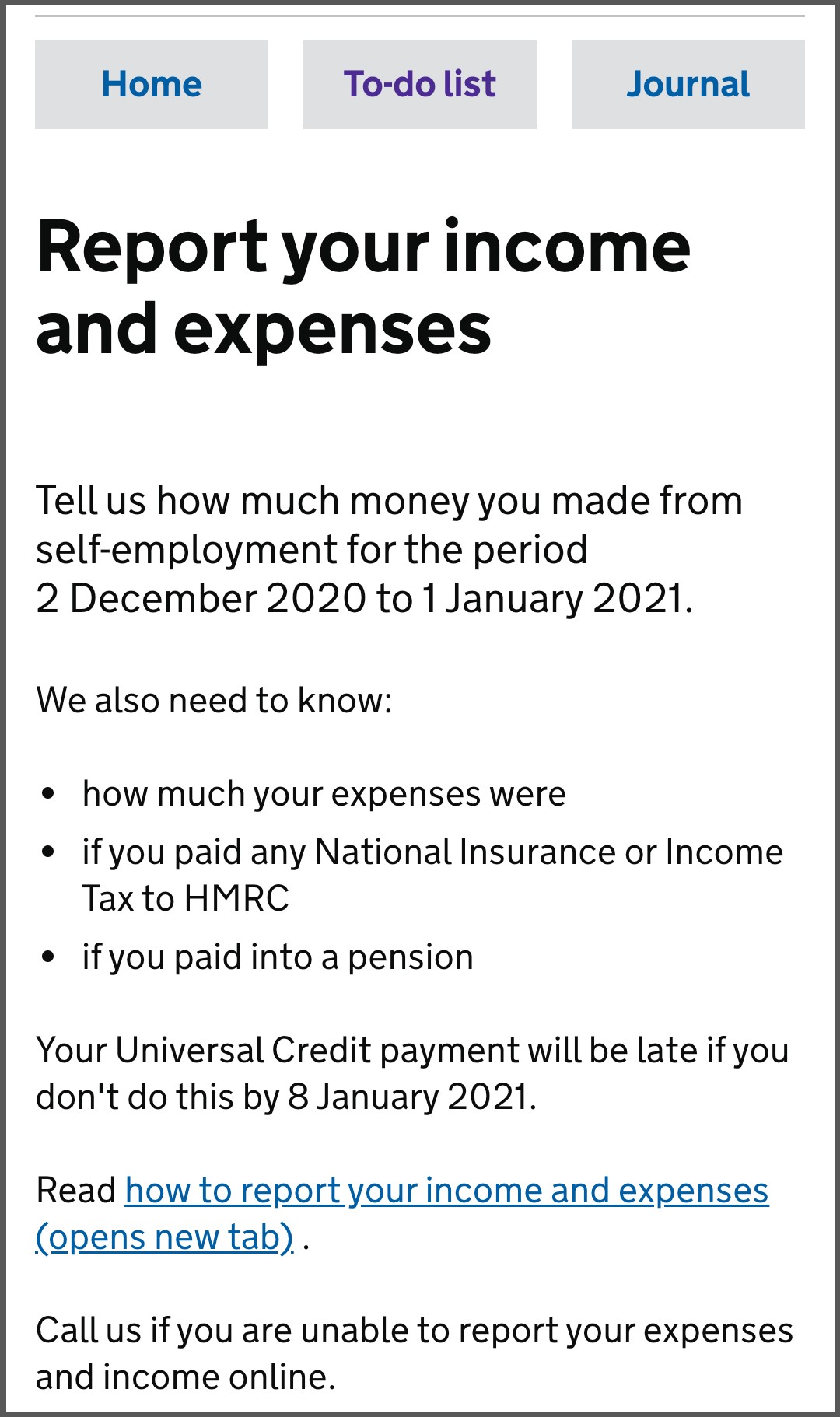

If you’re unable to use all of the 529 funds for the designated beneficiary, the IRS permits one rollover to a different beneficiary per 12-month period.

You used the qualified education expenses to get the AOTC or the LLTC.If the beneficiary is in a qualifying employer program that offers assistance with school expenses.If the beneficiary receives a tax-free scholarship.If the beneficiary dies or becomes disabled.However, earnings on the 529 funds are still subject to income tax even in these cases. There are certain life situations that enable an account holder to avoid the 10% tax penalty. There are ways to sidestep that problem for example, you can transfer 529 funds to a different beneficiary such as another child in the family without incurring a tax penalty. You’ll pay tax penalties on unused 529 funds, so it’s good not to over-fund a 529 plan if you can avoid it. The funds in a 529 plan still belong to the beneficiary, but their value decreases quite a bit if you don’t use them as intended. Pay another 10% federal tax penalty on top of that.Pay your regular state and federal income tax on the earnings in the 529 account.Expenses used to access federal tax credits, like the American Opportunity Tax Credit (AOTC) or the Lifetime Learning Tax Credit (LLTC)įor most 529 plans, the penalty for using withdrawn funds for non-qualified educational expenses is as follows:.College entrance exam fees or test preparation fees.Up to $10,000 per year for K-12 tuition.Whether you go with a prepaid tuition plan or education savings plan, following that plan’s requirements for what’s considered “qualified” expenses is essential. The main issue is that 529 plans provide the biggest benefit only when the funds are used for qualified education expenses. Let’s discuss the most common penalties you can expect, so you can take steps to avoid these additional costs and make the most of your educational savings. While sometimes this is unavoidable, be aware of the tax penalties attached to distributions not for tuition or other qualified costs. Penalties on withdrawals for nonqualified expensesĪ 529 non-qualified withdrawal is one that uses funds not for approved educational expenses. Plus, these plans may be used to fund up to $10,000 per student at a K-12 school. colleges and universities, and very few of them have state residency requirements. Funds in these accounts can be used for tuition and expenses at most U.S. Basically, you buy credits to use at the school, locking in today’s prices, which can be a significant discount on future tuition rates.Įducation savings plans are more flexible. You’ll generally choose one of two options among 529 plans:Ī prepaid tuition plan lets you save money that’s earmarked for tuition at a participating college or university. Bottom line General explanation of 529 plansĥ29 plans, named for Section 529 of the Internal Revenue Code, are savings programs for education that offer major tax advantages. Student Loan Forgiveness Calculator (w/ New SAVE Plan)Ħ.


 0 kommentar(er)
0 kommentar(er)
